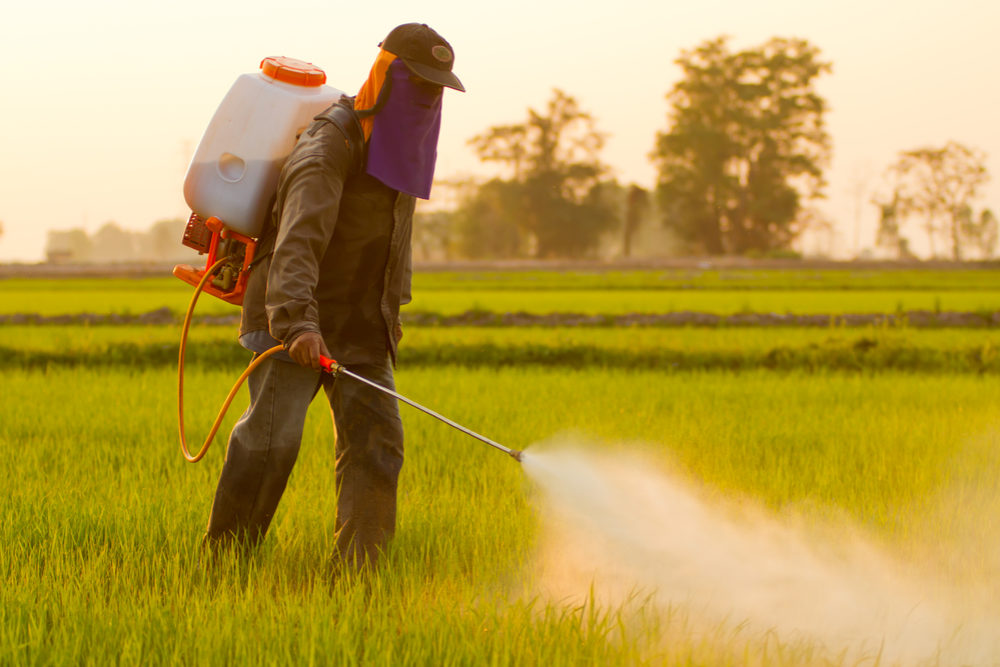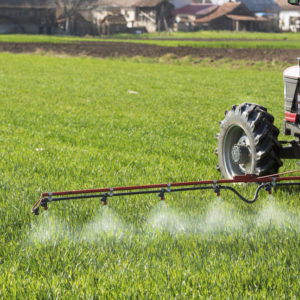Roundup Safety Vote in EU May Be Affected By Upcoming Rat Study Results

The European Union is expected to hold a re-licensing vote on Monsanto’s Roundup weed killer and other glyphosate-based herbicides by the end of the year, with an ongoing study expected to factor highly into the regulatory decision.
In March 2015, the World Health Organization’s International Agency for Research on Cancer (IARC) classified glyphosate as a likely a cancer-causing agent. In particular, the IARC report linked the side effects of Roundup exposure to a potential increased risk of non-Hodgkins lymphoma.
Monsanto has attempted to defend the safety of Roundup, one of the most important products for the company, criticizing the IARC’s decision and dismissing safety concerns as agenda driven and based on “junk science.”

Learn More About
Exposure to RoundUp May Increase Risk of Non-Hodgkins Lymphoma and Other Cancers. Lawsuits Reviewed Nationwide.
Learn More About this Lawsuit See If You Qualify For CompensationThe European Food Safety Authority (ESFA) has also contradicted the IARC findings, declaring glyphosate to be safe. However, several countries in the EU have moved to ban glyphosate use, despite the European Commission’s decision to extend the license for glyphosate use for 12 to 18 months in late June 2016.
That extension will run out by the end of the year, requiring another vote, and the safety of glyphosate is still heavily debated, with many independent scientists from the EU and the U.S. warning regulators to take the IARC’s cancer concerns seriously.
In June, Italian researchers are expected to release the full results of a study that looks at how glyphosate affects reproduction in rats. The lead scientist, Fiorella Belpoggi, told Reuters last week that the studies showed no initial reproduction problems were linked to the weed killer. However, the researcher warned that the preliminary results are still being analyzed and those initial findings do not yet mean much and do not clear the chemical of potential risks.
The study does not address the cancer concerns surrounding Roundup and glyphosate.
Near the end of March, an essay published in the BMJ, formerly the British Medical Journal, called for a new safety assessment of Roundup and similar herbicides. The essay warned that the use of glyphosate and glyphosate-based herbicides (GBHs) has increased 100-fold since it was first introduced in 1974, raising serious concerns since safety profiles of the chemical being generated today are still based on studies conducted more than 30 years ago.
Researchers note that environmental health science methods have improved vastly over the past 30 years, with the introduction of cutting-edge technology and new methodologies and knowledge about how such substances could affect the environment.
The questions come as Monsanto faces a growing number of Roundup lawsuits filed by farmers, landscapers and other agricultural workers in the U.S., each involving claims that exposure to the weedkiller caused the diagnosis of non-Hodgkin’s lymphoma or other forms of cancer.
Plaintiffs allege that the manufacturer knew or should have known about the cancer risks with Roundup, yet withheld important warnings and safety precautions from consumers.
A recent U.S. Geological Survey on glyphosate usage nationwide found that an estimated 2.6 billion pounds of the herbicide has been sprayed on America’s agricultural land over the two decades since the mid-1990s, when Monsanto introduced “Roundup Ready” crops that are designed to survive being sprayed with glyphosate, killing the weeds but not the crops.
Get more articles like this sent directly to your inbox.
"*" indicates required fields






0 Comments